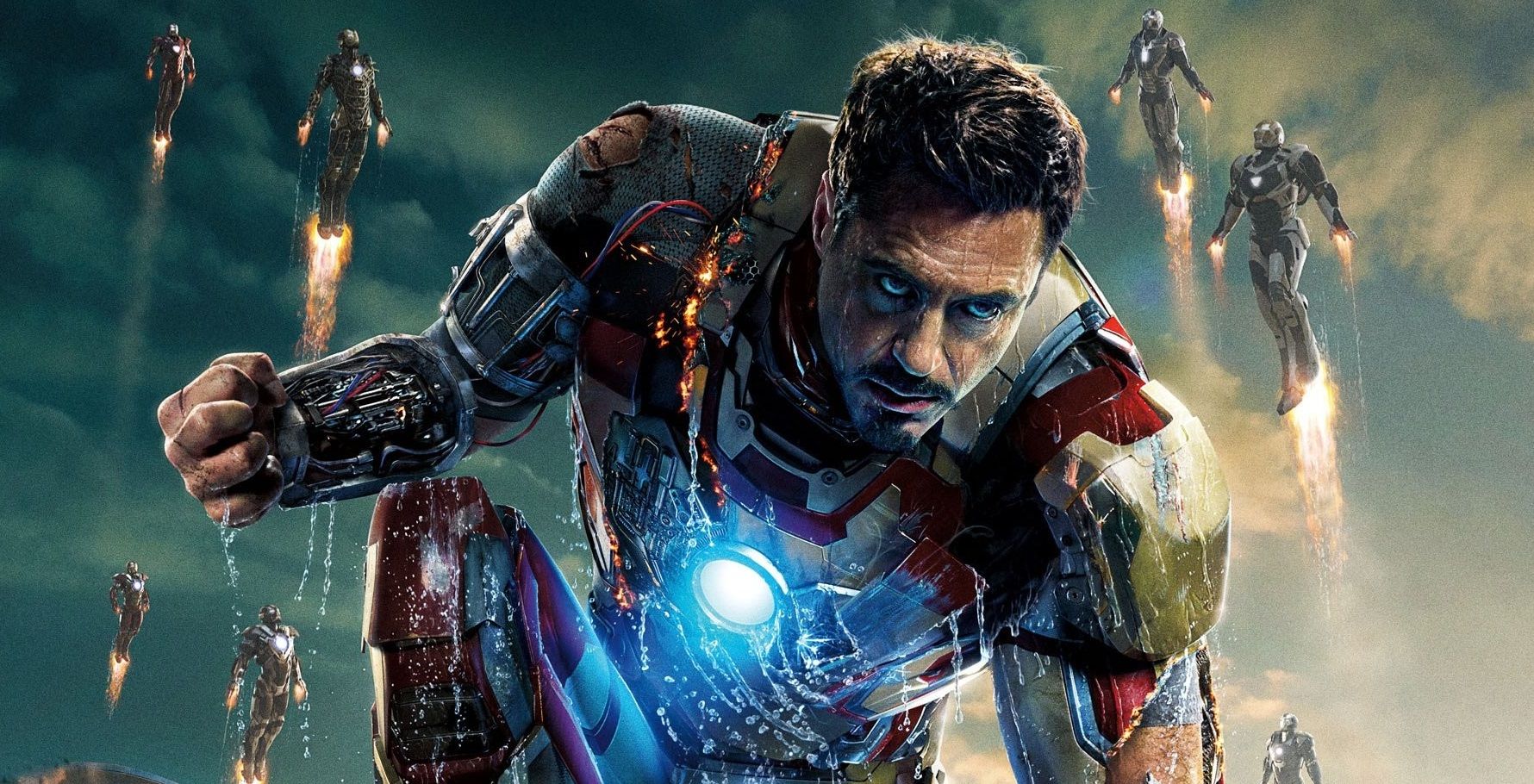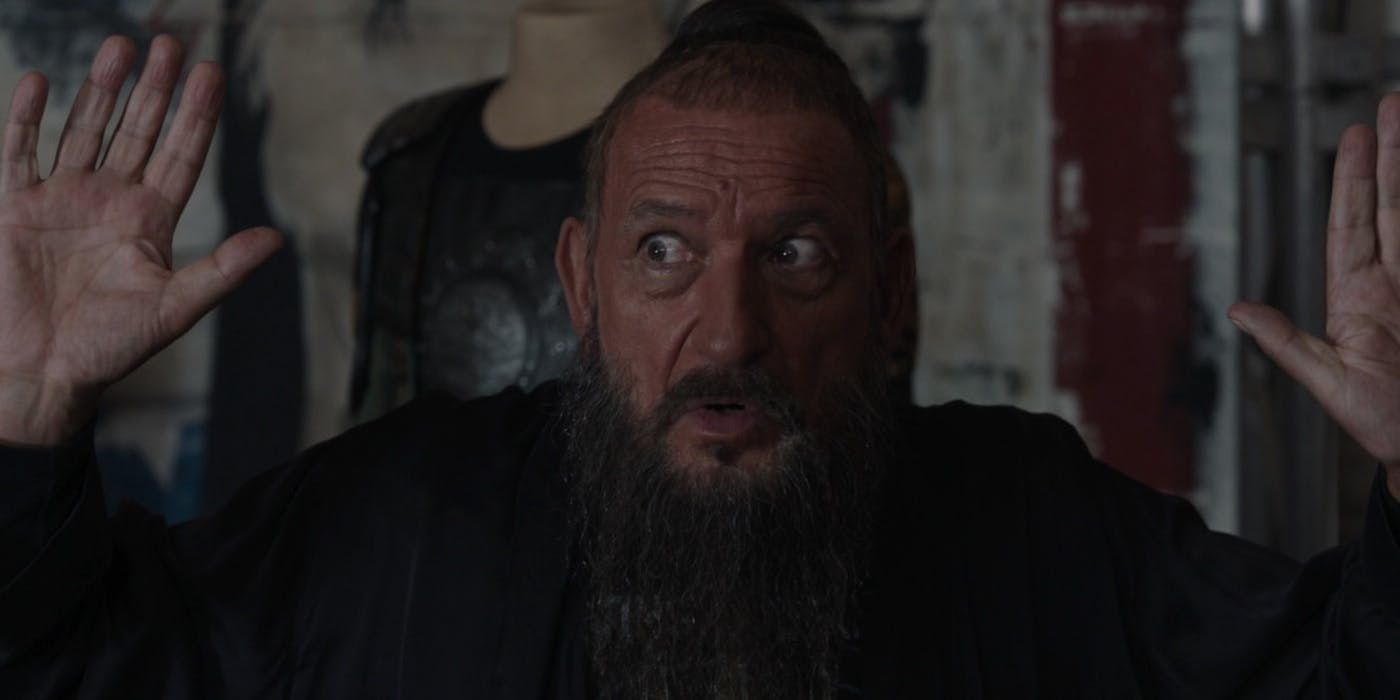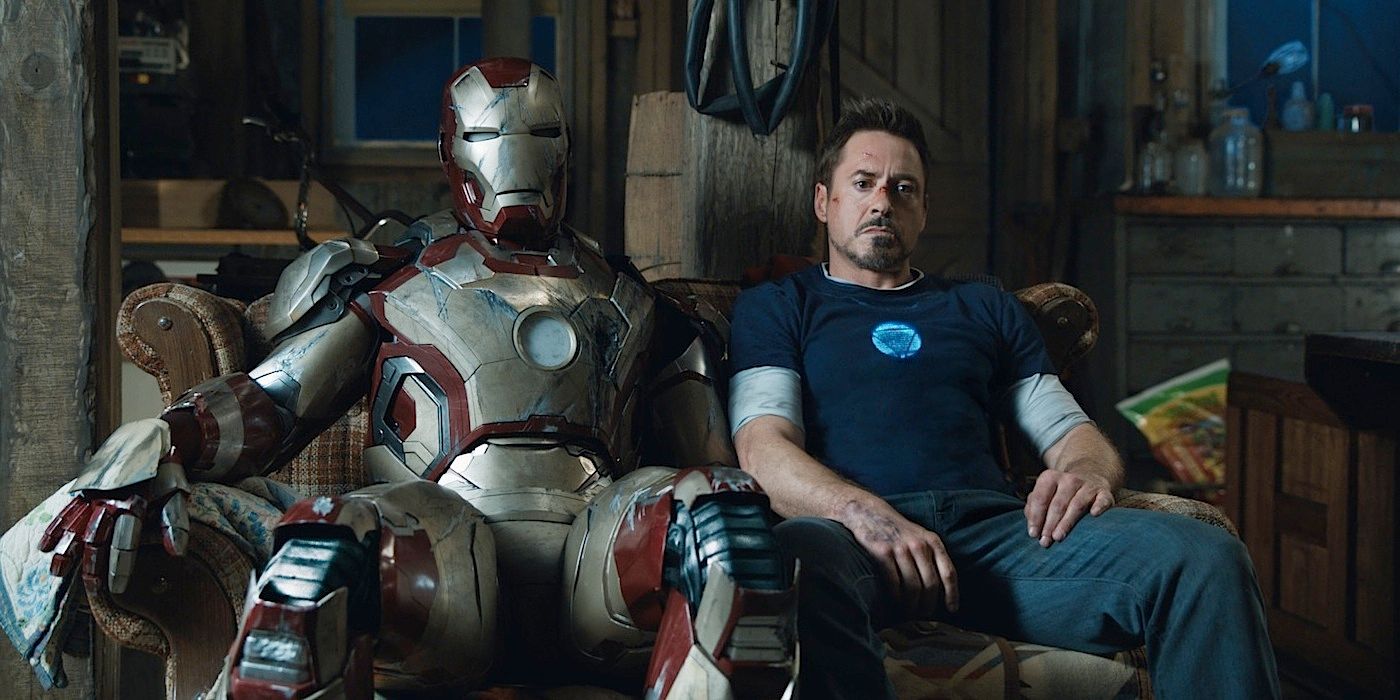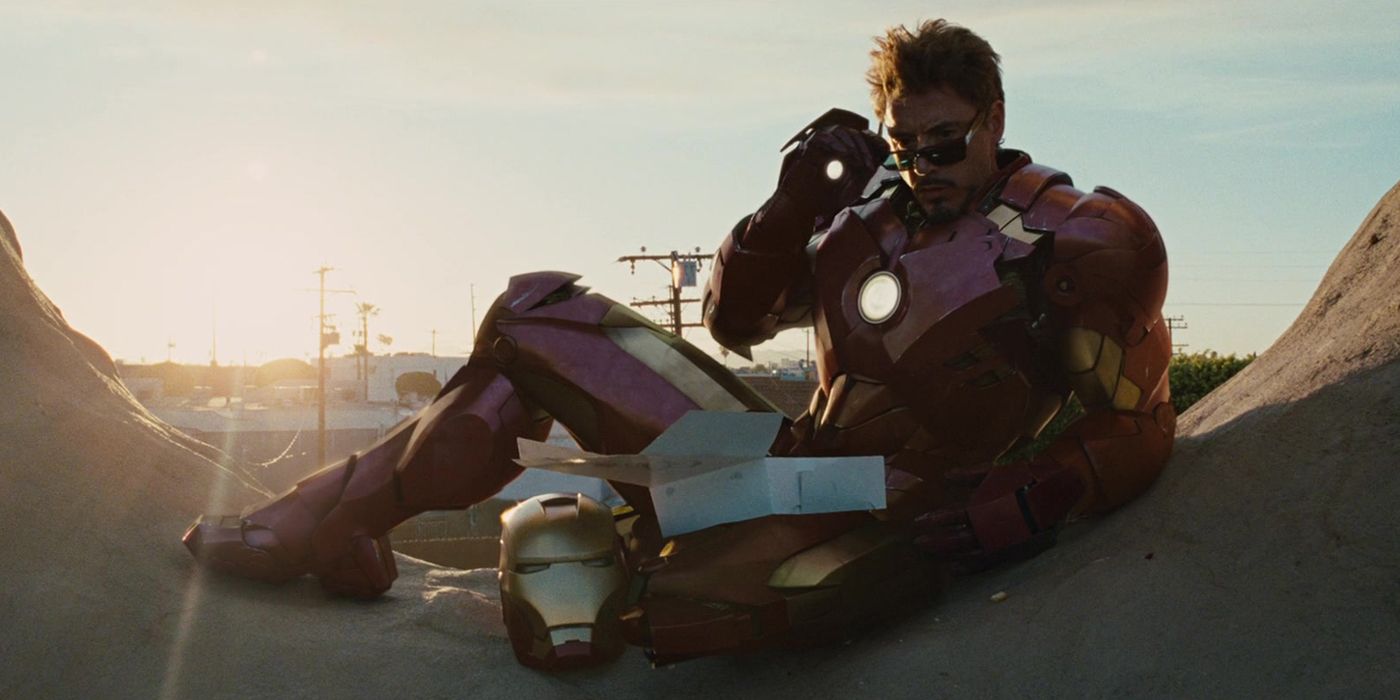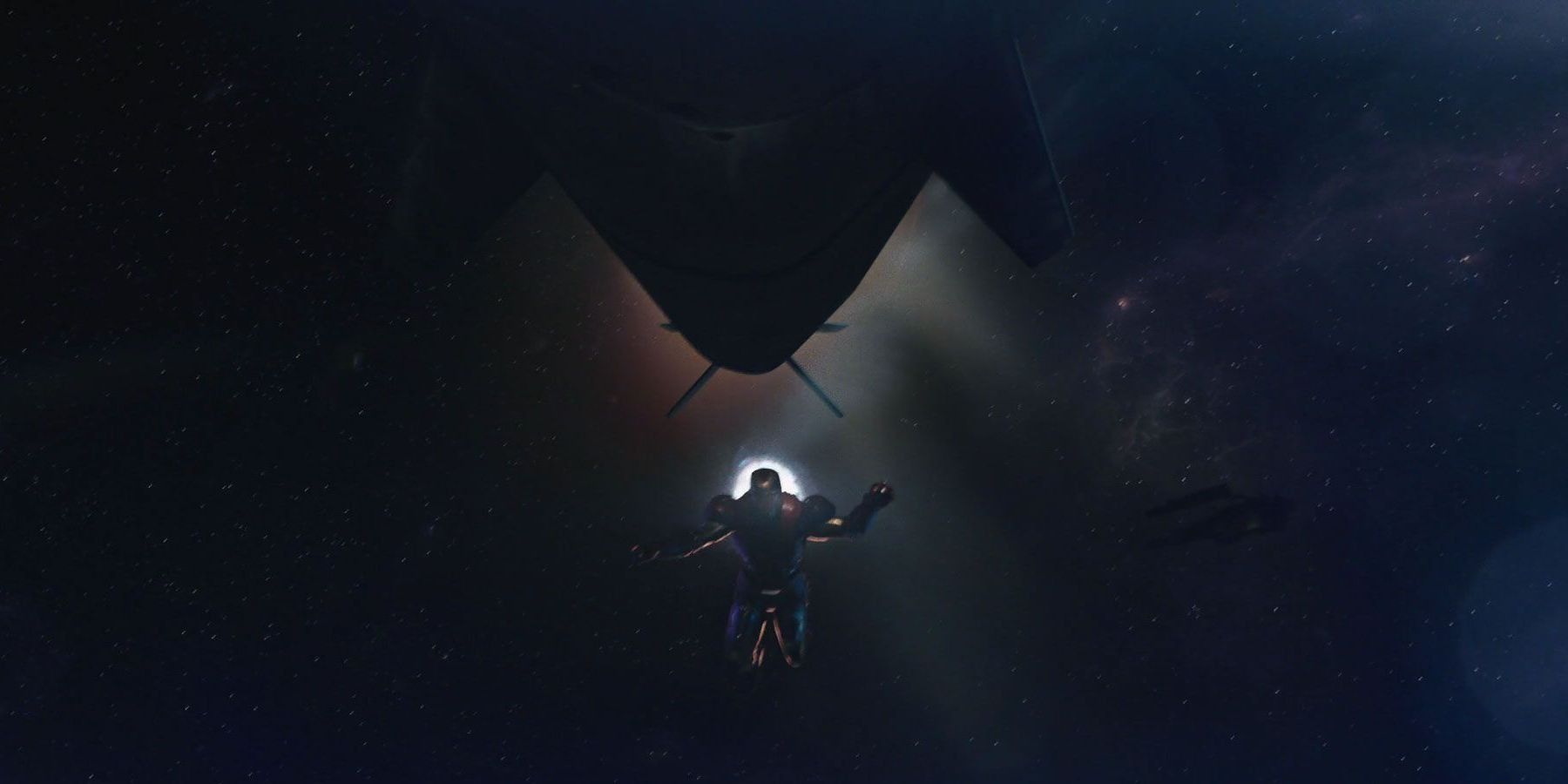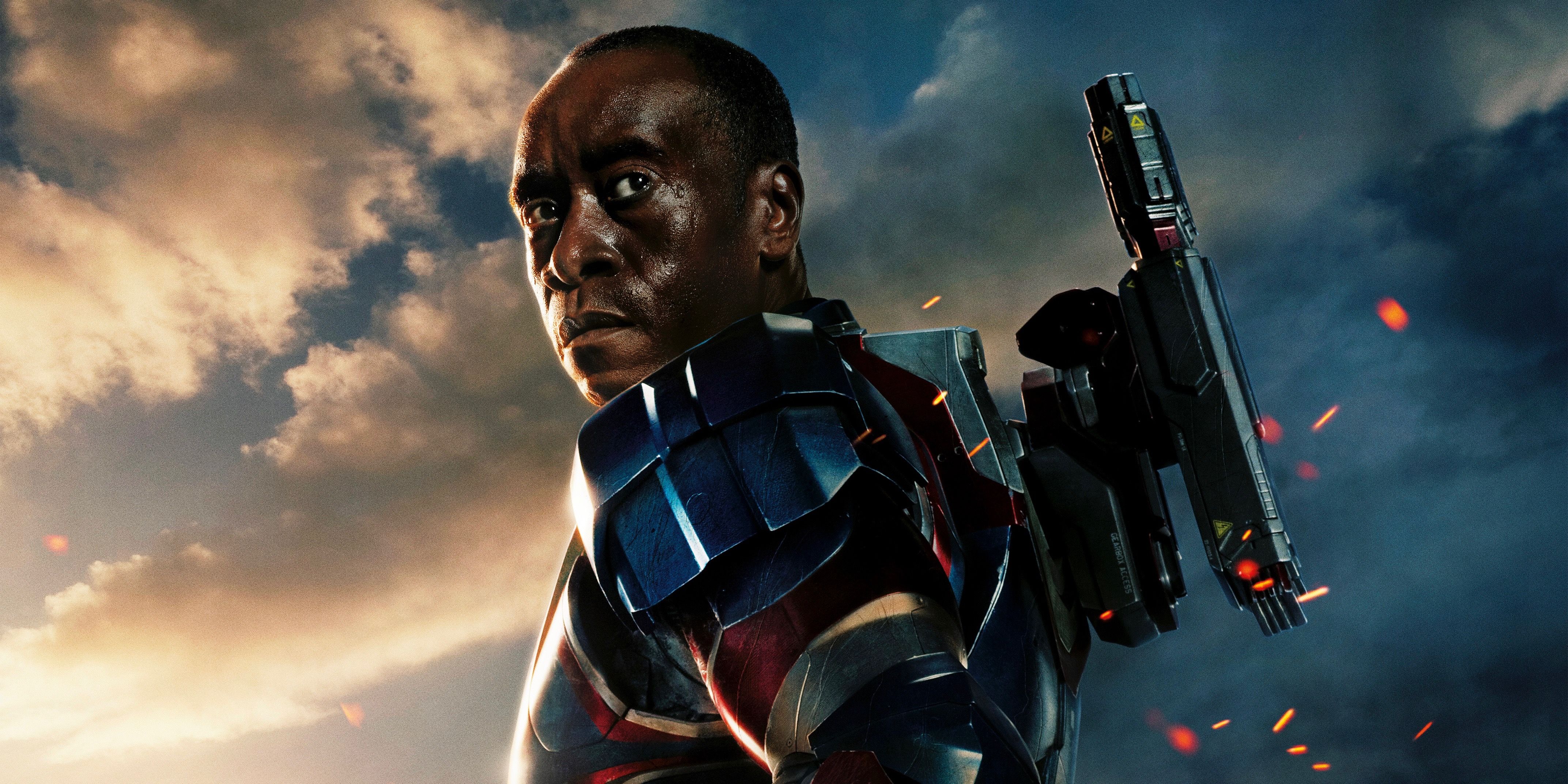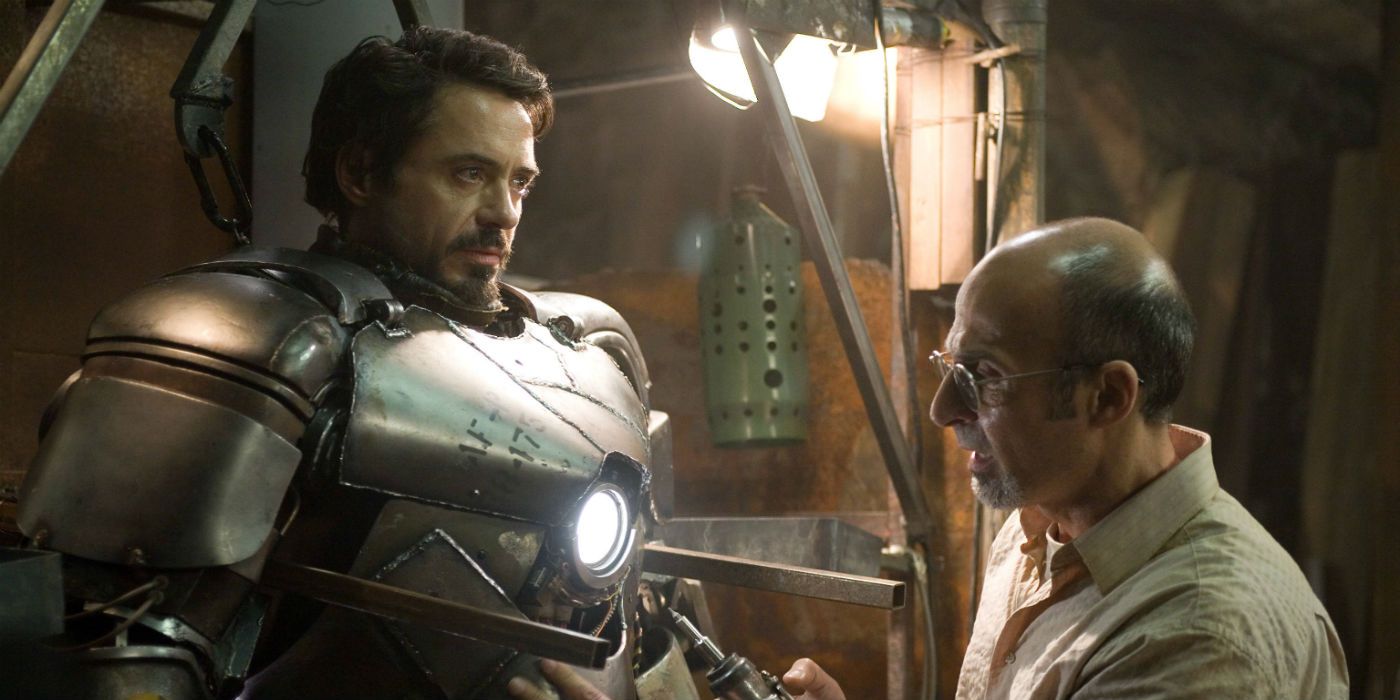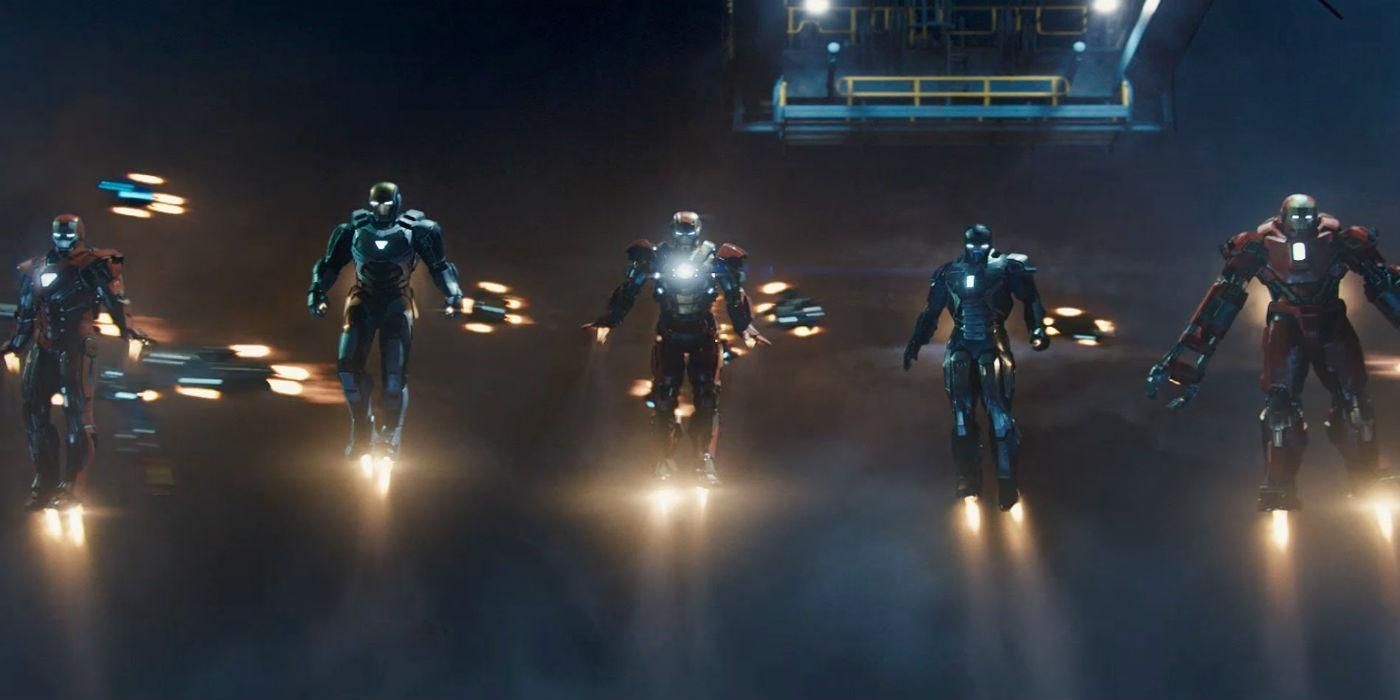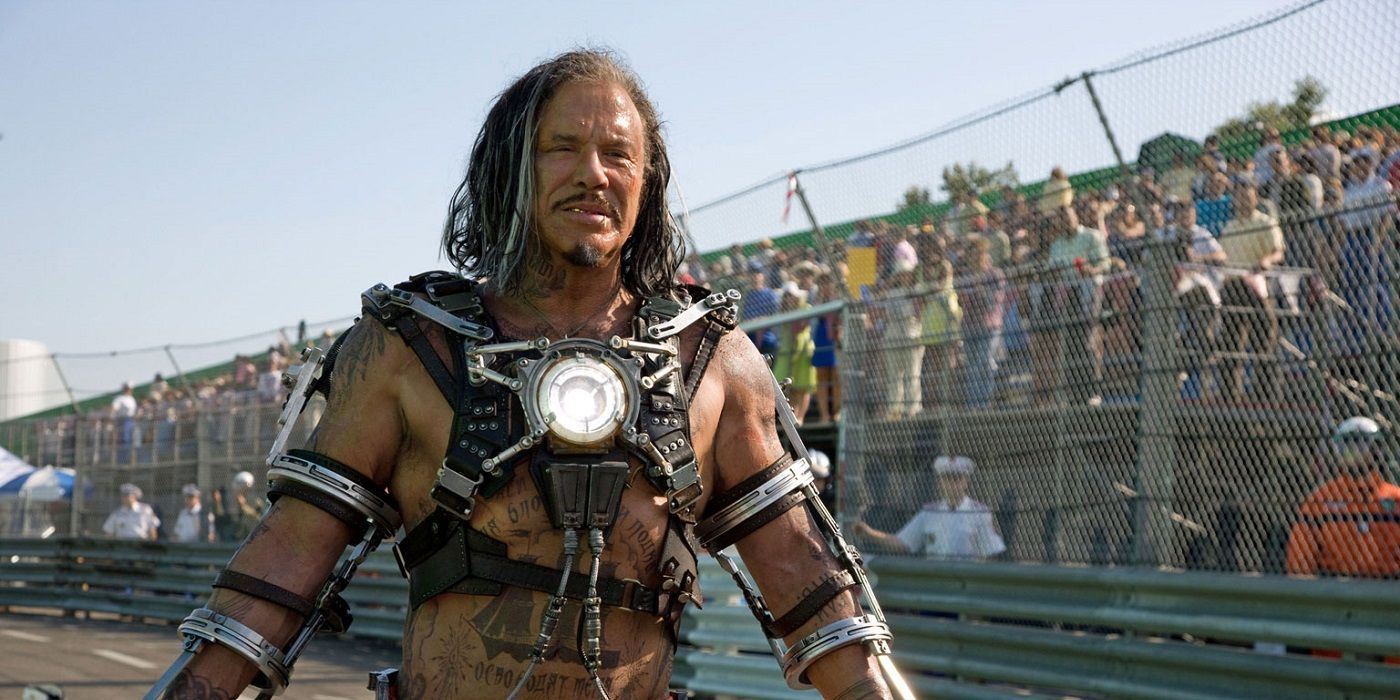The Iron Man trilogy is arguably the most important solo franchise in the MCU, because it was the first one. In 2008, the first Iron Man movie kicked off the Marvel Cinematic Universe with Tony Stark announcing to the world that he was the metal-clad superhero that had been spotted in the skies of Los Angeles and Nick Fury telling him he wasn’t the only superhero. It was then followed by two sequels, both of which received mixed reviews from critics and irked a lot of fans.
Wrong: The Mandarin twist
There was a way to make the Mandarin twist work – it makes a good point about feared terrorist leaders in the public conscious being controlled by unseen puppet-masters and it’s a totally unexpected plot turn – but Iron Man 3 went about it all wrong. For starters, Ben Kingsley’s portrayal of Trevor Slattery was far too zany and over-the-top for the impact of the twist to really set in. Plus, the marketing of the movie got fans excited to see the real Mandarin, the iconic and terrifying villain from the comics, in the film. The Mandarin twist might be the MCU’s biggest missed opportunity.
Right: Tony Stark’s character development
Although the Avengers movies developed Tony Stark to an extent, his solo trilogy did most of the legwork. He arguably developed more in the first movie than in his entire character arc, as he realized selling weapons is wrong (after a near-death experience with a Stark Industries bomb) and decided to help others rather than himself. And as much as Marvel fans might rag on Iron Man 3, Shane Black arguably understood the Tony Stark character better than any other MCU director. By taking away his tech and forcing him to face the villains without it, Black showed us that Tony really is a hero.
Wrong: Unfocused second movie
There’s a lot in Iron Man 2 that fans were disappointed with, like its generic villains, but its most egregious crime is its lack of focus. As the arc reactor in Tony’s chest began to fail him, there was an opportunity for some real character development, but the sequel got too bogged down in setting up the wider MCU.
Black Widow was crammed into it instead of getting her own solo movie and Nick Fury spent the whole movie harping on about the “Avengers Initiative.” Iron Man 2 was too preoccupied with setting the stage for The Avengers that it failed to be a great movie on its own.
Right: Working the events of The Avengers into the plot
All throughout Iron Man 3, Tony suffers from PTSD following his trip through a wormhole during the Battle of New York. People do suffer psychological damage after near-death experiences and it would’ve been disingenuous if Iron Man 3 ignored what had just happened to Tony in a wider plot of the MCU. The ongoing threat of the Mandarin in the early scenes of Iron Man 3 is deftly woven into his post-traumatic stress. Even though it was the very first case of a solo movie following on from a team-up movie, it still stands as one of the most effective.
Wrong: Recasting James Rhodes
After the first Iron Man movie, there was a contract dispute between Marvel and Terrence Howard, so the studio replaced him with Don Cheadle in Iron Man 2 onwards. This was a terrible mistake, because with Howard’s smooth charisma and genuine coolness, he was much better for the part than Cheadle. Also, being real-life friends with Robert Downey, Jr., Howard’s Rhodey had much stronger on-screen chemistry with Tony than Cheadle’s. Going back and rewatching Howard’s performance in Iron Man after nine years of Cheadle as Rhodey, it’s easy to see that the role should’ve never been recast and Howard was ideal for it.
Right: Origin story
The MCU’s origin stories are often criticized for following a rigid formula, but 2008’s Iron Man feels fresh. This is partly because it was the first ever MCU movie and therefore had no formula to follow yet, but partly because it’s just brilliantly made. It has a nonlinear structure, ordered perfectly to give us a pointed portrayal of Tony Stark. First, we see him get captured by terrorists. Then, we go back to see the life of excess and luxury he leads. Then, we return to his captivity as he builds a weaponized suit instead of the bomb the terrorists want him to build. As far as superhero origin stories go, this is as good as it gets.
Wrong: Finishing too early
Producer Kevin Feige is a huge fan of the trilogy as a narrative technique. To be fair, there is a rich history of brilliant trilogies, and if it ain’t broke, don’t fix it. The problem with that is that Iron Man’s solo franchise ended way too early. Since he had two solo movies in Phase 1 whereas everyone else had just one, Iron Man didn’t have the luxury of a solo movie at each stage of the MCU. His character arc only reached a certain stage by the end of his own trilogy and the rest of it spilled into other people’s movies. It would’ve been interesting to see an Iron Man movie in Phase 3.
Right: Blending action and humor
Tony Stark is one of the funniest characters in the MCU. He has a pop culture-inspired nickname for everyone and he has the perfect quip for every situation. But he’s also a superhero who flies through the sky and blows up bad guys. It can be tough to reconcile the two.
A lot of MCU movies struggle to walk the fine line between humor and action, often letting the humor distract from the action or vice versa. But the Iron Man movies nail the action/humor combo, and it’s almost entirely thanks to Robert Downey, Jr.’s mesmerizing performance in the role of Stark.
Wrong: Villains
Despite adhering to the cliché of the father figure who turns out to be evil, Obadiah Stane was a pretty great villain, but he was also the last great villain in the Iron Man trilogy. Iron Man 2 had two villains – Whiplash and Justin Hammer – and they were both boring and unnecessary. The true villain in that movie was the U.S. government, so they could’ve both been cut without compromising the film at all. The big twist in Iron Man 3 was that the Mandarin was a fake all along, and the real guy pulling the strings was Aldrich Killian, who was disappointing, to put it nicely. Killian was set up as a wolf in sheep’s clothing, which could’ve been interesting and led to an actually engaging twist if Guy Pearce hadn’t played the character as a mustache-twirling villain.
Right: The perfect ending
While the real ending to Iron Man’s character arc would come six years later in Avengers: Endgame, involving the Infinity Stones and a timeless callback, he got a sort of ending in Iron Man 3. In one of his only genuine shows of affection to Pepper – one that wasn’t simply an expensive “Aw, shucks!” gesture – he decides to undergo a surgical procedure to have the shrapnel removed from around his heart. Then, he drives down to the shore and tosses his now-useless arc reactor into the ocean. If Tony Stark’s story had ended there, perhaps it still would’ve been satisfying.

